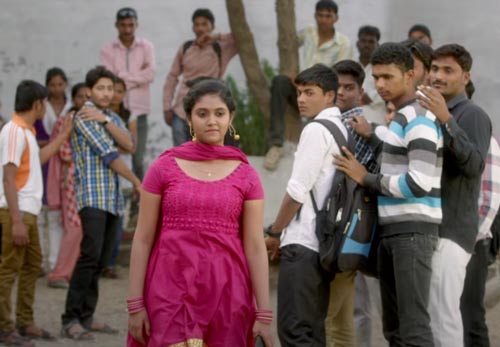

But identification with the unmentioned but all-pervasive caste equations depicted in the movie comes through clearly.īe it the village Patil's well where the rest of the villagers may swim only at the Patil family's pleasure the Patil's privileged kids with their bikes and their birthday bashes where the entire village is invited and, last but not the least, the hero's home in the 'lower caste' basti far from the main village - implicit in these locales and scenes, Dalits in Ramabai Nagar tell you, is the power structure that exists in villages even today. The firing is not mentioned in the long discussion about Sairat. These stories are related by a group of men and women in Ramabai Nagar, the Dalit colony in Mumbai, which sprang into the limelight in 1997 when police opened fire outside it on Dalits protesting the desecration of Dr Babasaheb Ambedkar's statue. The other two cases have passed into folklore already: The auto driver who had been hunting for his sister in order to kill her for marrying out of caste but, after seeing the movie, wants to check on her to see if she needs anything the Maratha parents who want to bring home their estranged daughter who had eloped with her Matang boyfriend. This is the third case of a change of heart brought about by Sairat, the recent Marathi film about inter-caste love in a Maharashtra village. But it took Nagaraj Manjule's movie, Sairat, to convince Sachin's parents. The girl's mother came around when she saw him study engineering and take up a job. He had waited 12 years for both families to agree. Sachin Lokhande, 35, a Buddhist, married his Muslim girlfriend earlier this month.

IMAGE: Rinku Rajguru and Akash Thosar play the much in love couple, Archana 'Archie' Patil and Prashant 'Parshya' Kale, in Sairat.


 0 kommentar(er)
0 kommentar(er)
